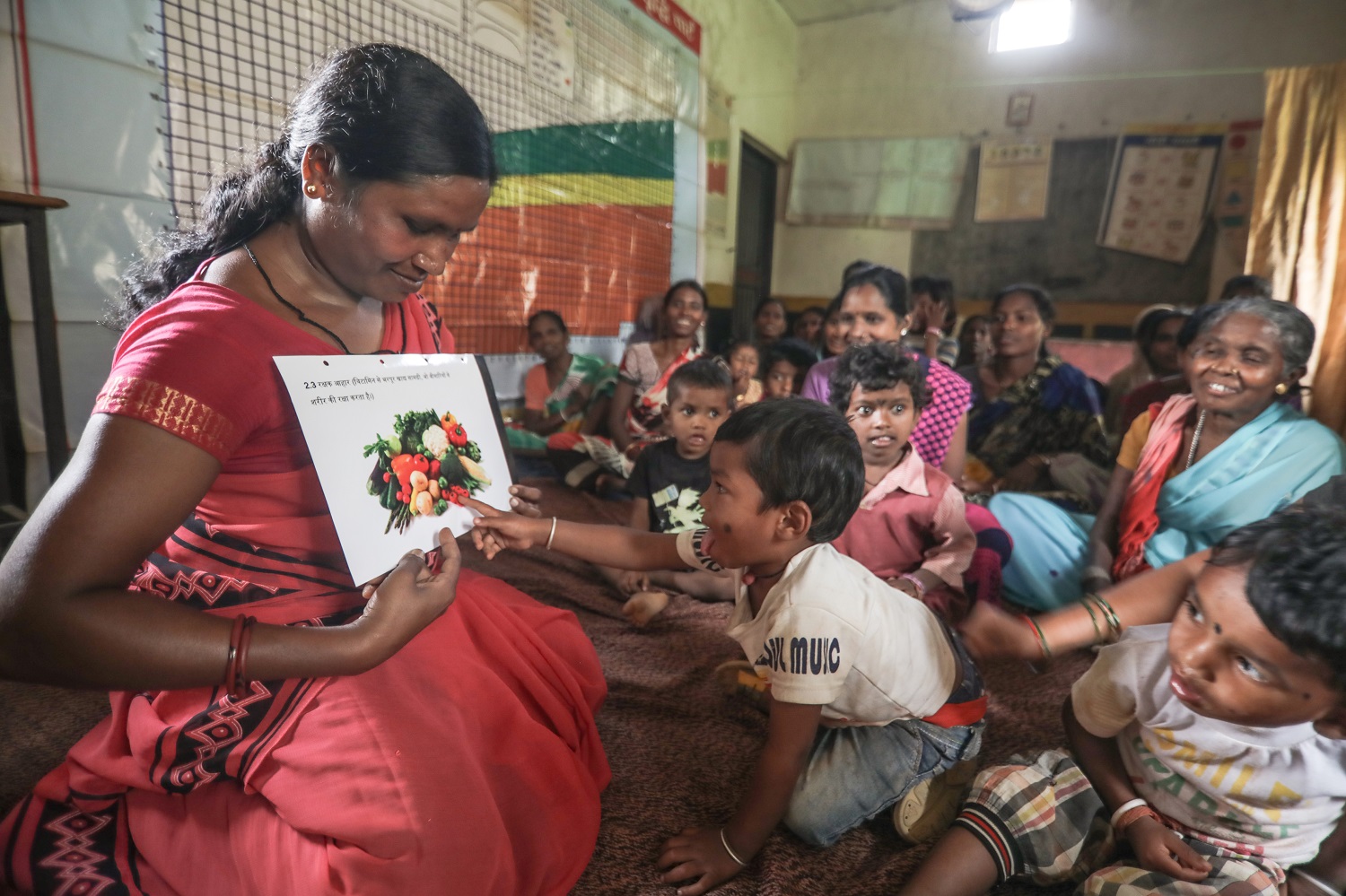
Click HERE to download PDF
We are delighted to present to you the first issue of Abstract Digest for this year. This issue has two important LANCET Commission Reports. The EAT–Lancet Commission is the first of a series of initiatives on nutrition, led by The Lancet in 2019, followed by the Commission on the Global Syndemic of obesity, undernutrition, and climate change. Along with these, we have articles from an issue of Public Health Nutrition that focuses on child and adolescent nutrition, and much more. Here are some of the highlights:
- As a part of the EAT–Lancet Commission research, Willett and colleagues (2019) addressed the need to feed a growing global population a healthy diet while also defining sustainable food systems that will minimise damage to our planet.
- In the Commission on the Global Syndemic of obesity, undernutrition, and climate change, Swinburn and colleagues (2019) looked at obesity in a much wider context of common underlying societal and political drivers for malnutrition in all its forms and climate change.
- Tumilowicz and colleagues (2018) presented an approach to implementation science in nutrition (ISN) that builds upon concepts developed in other policy domains and addresses critical gaps in linking knowledge to effective action.
- Rieger and colleagues (2019) evaluated the temporal stability of associations between height-for-age z-score (HAZ) of children aged 0–59 months and child, parental, household, and community and infrastructure factors by following 25 countries over time (1991–2014) and found that child growth displayed relatively more time stable associations with child, parental, and household factors than with community and infrastructure factors.
- Using Demographic and Health Surveys (DHS) from 43 low- and middle-income countries, Tran and colleagues (2019) determined the prevalence of co-morbidity of two important global health challenges, anaemia and stunting, among children aged 6–59 months.
- Using data from the fourth National Family Health Survey 2016, Swaminathan and colleagues (2019) developed and applied two geographic information systems methodologies to provide estimates of four child malnutrition indicators (stunting, underweight, wasting, and anemia) for the 543 parliamentary constituencies in India.
- Using height-for-age z scores (HAZ) for more than 990,000 children in 62 countries from 163 Demographic and Health Surveys (DHS), Larsen and colleagues (2019) showed how random errors in birth dates create artifacts in HAZ that can be used to diagnose the extent of age misreporting.
- In a longitudinal study from pregnancy to childhood, Villar and colleagues (2019) demonstrated that the sequence and timing of attainment of key neurodevelopmental milestones and associated behaviours among 2-year old children are similar across geographically delimited populations specially selected because of their adequate health, medical care, education, and nutrition.
- Aizawa (2019) studied the transition in body mass index distribution among men and women in India from 2005/2006 to 2015/2016 and presented new evidence for the substantial heterogeneity of the contributory factors and their impacts across the distribution.
- Bleker and colleagues (2019) provided an overview of recent studies that have examined malnutrition and/or depression in pregnancy and associations with children’s behavioural problems and cognitive function.
- From the early life stress sub-study of the SPRING cluster randomised controlled trial (SPRING-ELS), Bhopal and colleagues (2019) quantified the extent to which multiple adversities are associated with impaired early childhood growth and development in rural India.
- Gichuru and colleagues (2019) conducted a systematic review and meta-analysis to explore the impact of microfinance on contraceptive use, female empowerment and children’s nutrition in South Asia, Sub-Saharan Africa and Latin America and the Caribbean.
- R.S. and colleagues (2019) examined aspects of women’s empowerment and use of health services and found that greater proportion of women who were self-help group members demonstrated characteristics of empowerment and use of health services compared to those who were not.
- Sethi and colleagues (2019) analysed the reach of various nutrition and health interventions for women in tribal pockets of eastern India and find that the coverage is lower among tribal population compared to the state averages.
- Meshram and colleagues (2019) studied infant and young child feeding (IYCF) practices and their association with nutritional status among children aged <3 years in India, and concluded that undernutrition is associated with low socio-economic status, illiteracy of mother, low birth weight and dietary diversity.
- Smith (2019) conducted a review of 13 health issues in more than 50 countries in four regions of the world to identify factors affecting civil society influence in the pre-implementation stages of the health policy processes in low- and middle-income countries. Smith reports that the power of civil society was enhanced when they joined broader coalition of stakeholders, were well-resourced, and were able to frame issues in ways that resonated with national policies and political priorities.
- Bowser and colleagues (2019) conducted a Benefit Incidence Analysis (BIA) in public health facilities in India and concluded that government spending on public health care has not resulted in significantly pro-poor services.
Enjoy reading!


